Though it will forever live in the shadow of The Godfather Part II, as they were released in the same year, The Conversation remains one of the greatest movies directed by the celebrated Francis Ford Coppola.
Though The Conversation isn’t as exciting to talk about as The Godfather series and it doesn’t have as much of an infamously troubled shoot as Apocalypse Now, the movie is still known for its unique facts that are just as interesting as the director’s bigger movies.
10 Inspired By Blow-Up
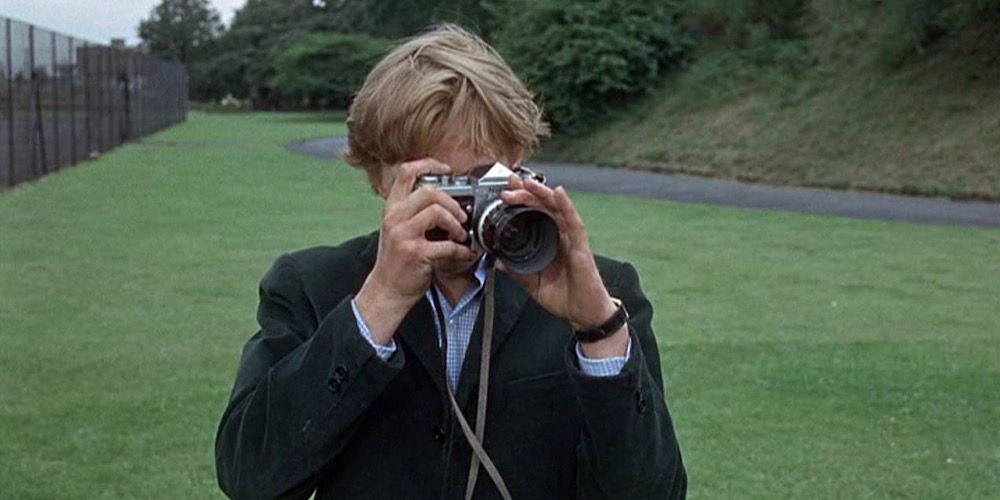
Michaelangelo Antonioni’s 1966 movie Blow-Up, which was later remade by Brian DePalma as Blow Out, was a huge inspiration on Coppola when writing the movie. The two films have very similar narratives, as a fashion photographer accidentally captures a murder plot in the 1966 thriller.
Not only are the narratives of the movies similar, but Coppola also replicated the same mood of Blow Up, as there is always the feeling that the protagonist is being followed.
9 Harrison Ford’s Role
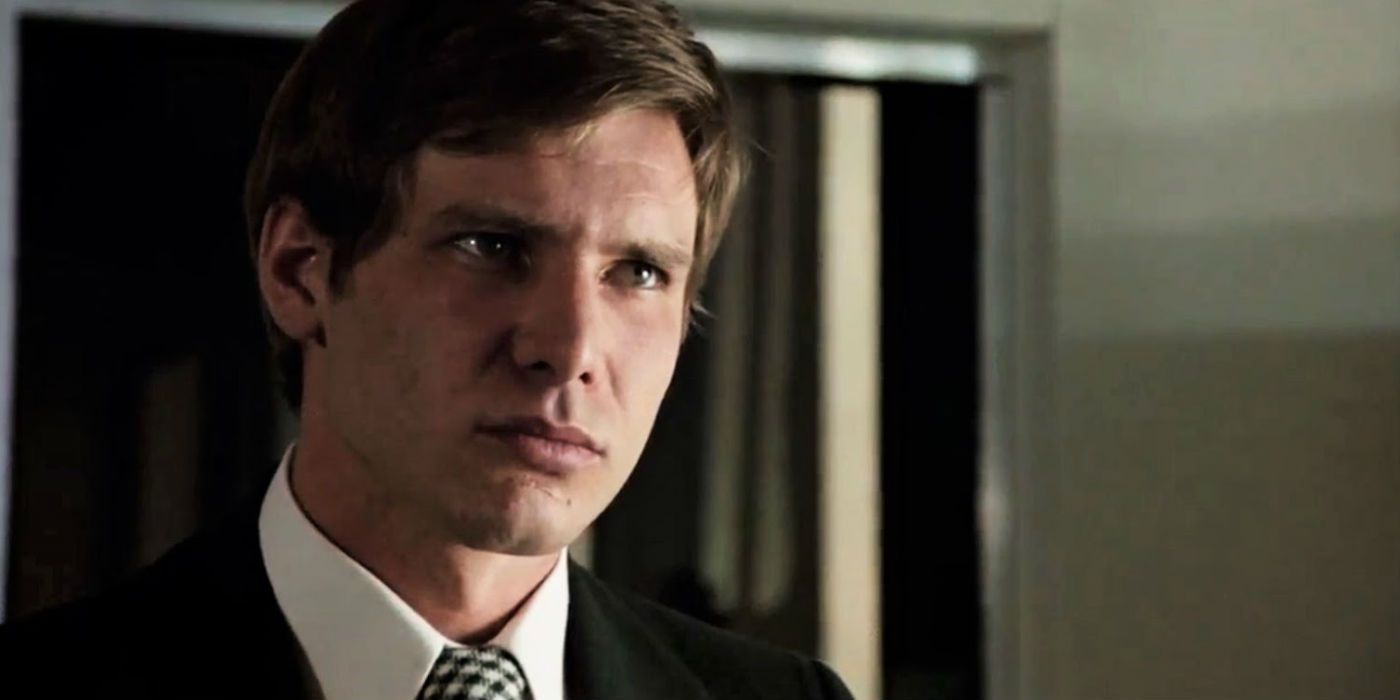
According to Entertainment Weekly, Harrison Ford’s role in the movie was much smaller than the final result, as the actor saw his character of Martin Stett to be too one dimensional.
As a result, Ford took it upon himself to play the character as gay and even bought a green silk suit for $900 to wear to the rehearsals. Though shocked at first, Coppola loved that idea and turned the character into a supporting role.
8 Coppola Wanted To Make It Before The Godfather
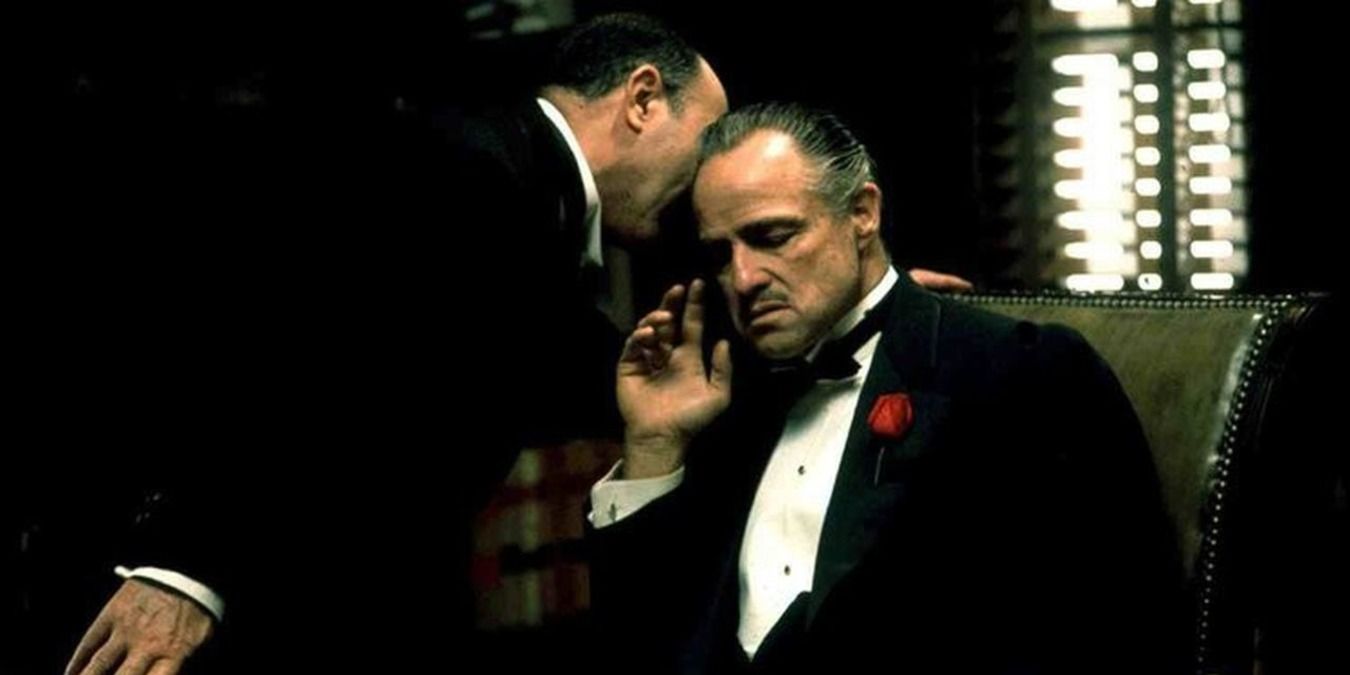
Coppola had completed the screenplay for The Conversation long before the release of The Godfather, but studios weren’t interested in it.
As, Coppola has said on several occasions that the only reason he believes Paramount Pictures wanted him to direct The Godfather is because he was young and could be pushed around. Once he delivered the greatest movie of all time and one of the Best Picture winners that aged perfectly, he had some pull. That’s when he refused to direct The Godfather Part II unless he could make The Conversation first.
7 Harry Caul Is Based On The Director
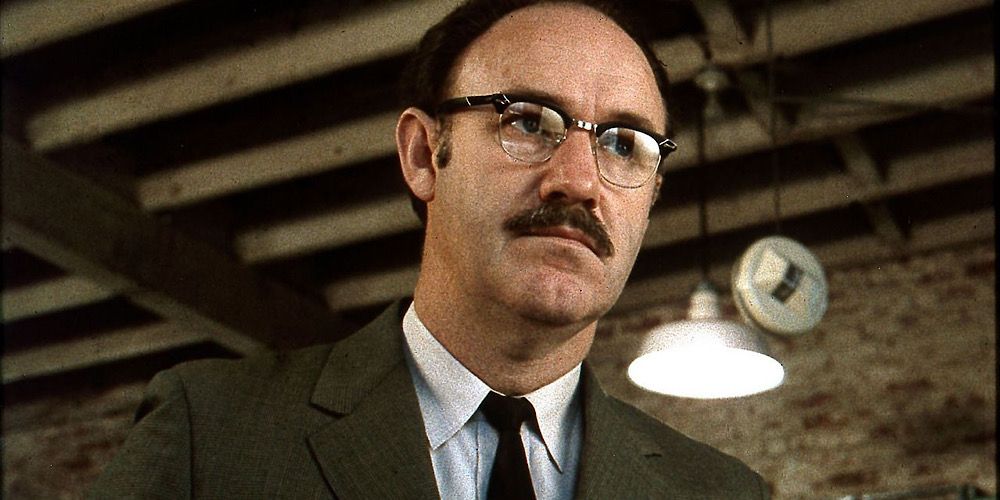
Coppola is on record as saying that he did not like the character of Harry Caul and had struggled to make the loner who enjoys privacy remotely interesting. So, in order to give the character an interesting past, the director decided to use his own history as Harry’s background. When the character is in the park discussing his childhood, those are literally stories from Coppola’s past, and Harry Caul ended up being one of Coppola’s best characters.
6 Harry Caul’s Last Name
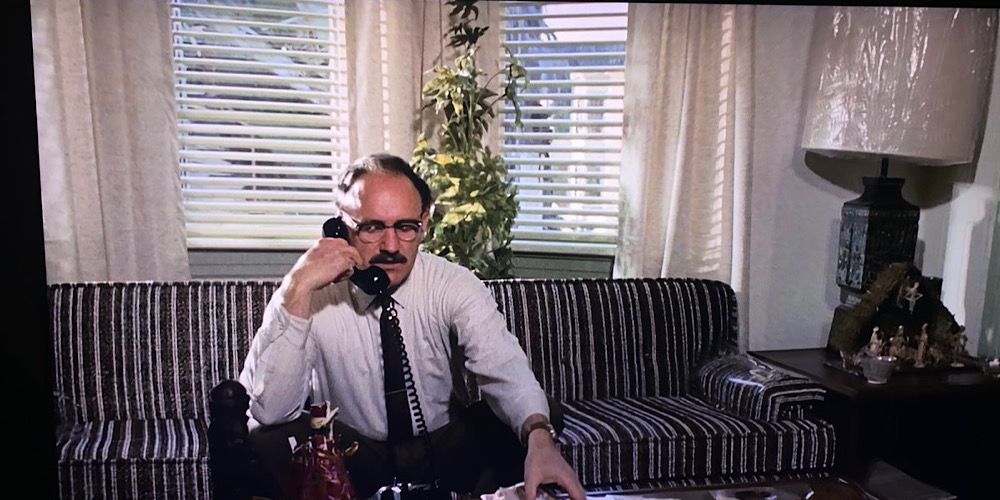
The protagonist’s surname is a reference to how he spends all day listening to people talk, as Caul is pronounced “Call.” However, Harry’s last name was originally going to be even more on the nose, is it was intended to literally be Call.
But, as Coppola’s transcriptionist transcribed the surname as Caul, it stuck, as Coppola liked how a caul is a membrane that surrounds a fetus until it’s born, and the director saw it as a great metaphor for the character.
5 Gene Hackman Was Coppola’s Second Choice
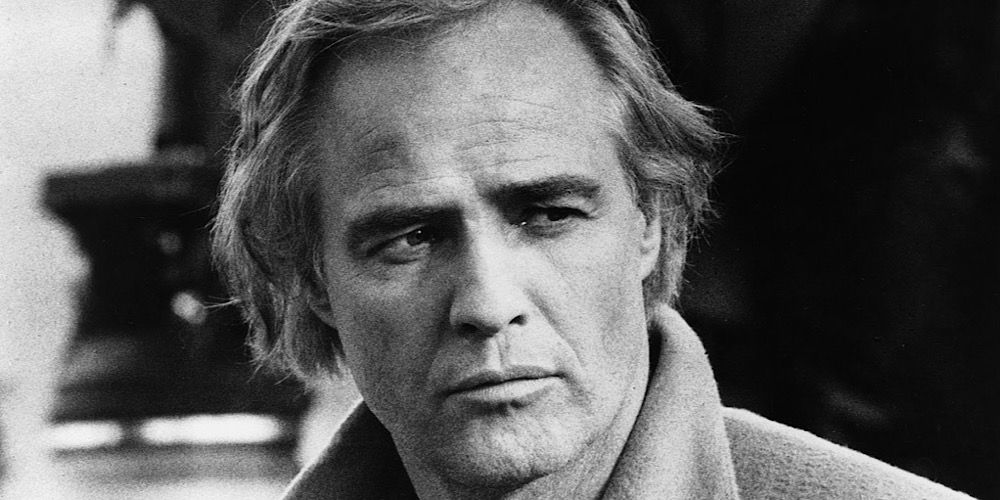
Though it’d look drastically different if it was recast today, The Godfather has one of the greatest casts of all time, and Coppola borrowed some of that cast for The Conversation. Both Robert Duvall and John Cazale had roles in The Conversation, but Coppola wanted Marlon Brando in the lead role more than anybody else. This scoop came from the actor who eventually took the role of Harry Caul, Gene Hackman, in an interview with The Guardian.
4 The Cinematographer Was Fired
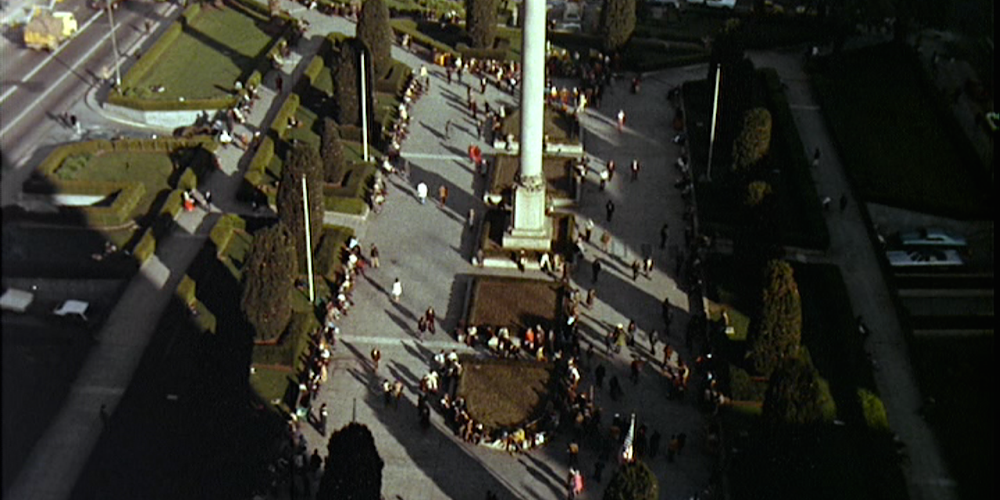
Haskell Wexler is one of the most influential cinematographers to have ever set foot in Hollywood, as he shot The Thomas Crown Affair, Who’s Afraid Of Virginia Woolf?, and many others.
Wexler shot the extremely complex opening sequence of the movie, but, after that Coppola and the cinematographer apparently locked horns, the director replaced him with Bill Butler, who most famously shot movies are Jaws and Grease.
3 The Academy Awards
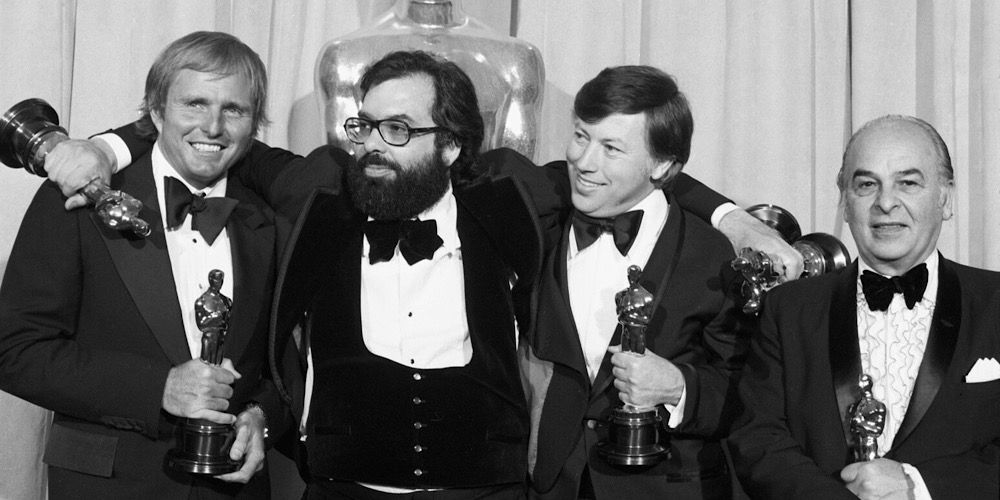
At the 47th Academy Awards, The Conversation earned three nominations; Best Picture, Best Sound, and Best Original Screenplay. Interestingly enough, as both The Godfather Part II and The Conversation were released in the same year, Coppola was nominated for Best Picture twice. Though The Conversation didn’t win any awards, Coppola still took home a burlap sack full of them thanks to The Godfather.
2 Hackman Didn’t Like The Role
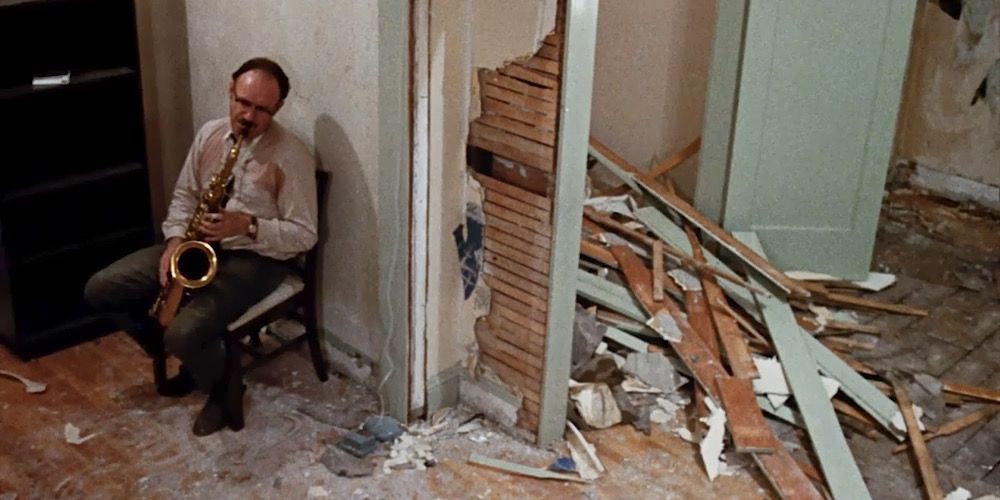
With Coppola struggling to create the character and unable to give him an interesting history, it doesn’t come as a surprise that Hackman also struggled to give Harry Caul an identity. Hackman called the character “constipated,” and the actor would often get grumpy on set as he felt uncomfortable being in character as Harry. But, that’s exactly how the character is, as Harry always finds himself in uncomfortable situations.
1 Enemy Of The State
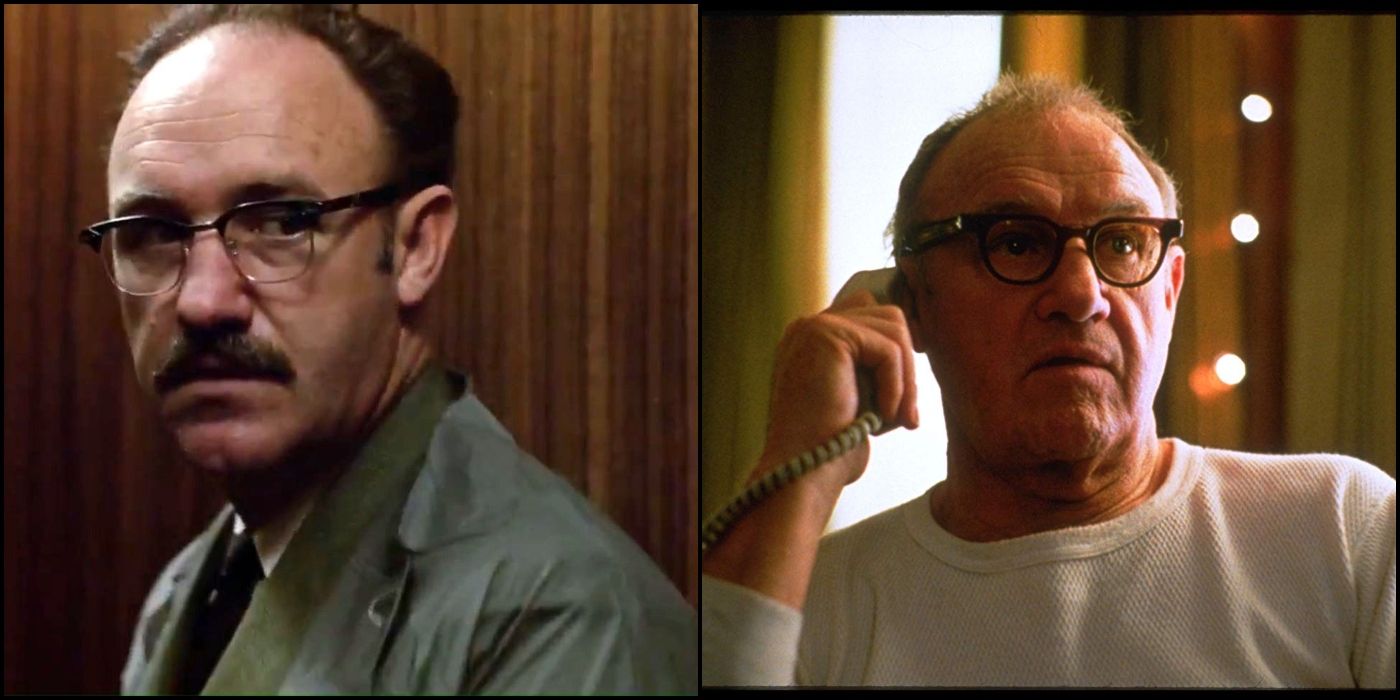
Many years after the movie’s release, the ambiguous ending of the movie and how it leaves Harry’s story open ended is still much discussed. In fact, there is even a fan theory in which Enemy Of The State is a secret sequel to The Conversation, as Gene Hackman’s character in the 1998 movie is extremely similar to Harry Caul, and both characters work in surveillance.
from ScreenRant - Feed https://ift.tt/3qckFCi


0 Comments